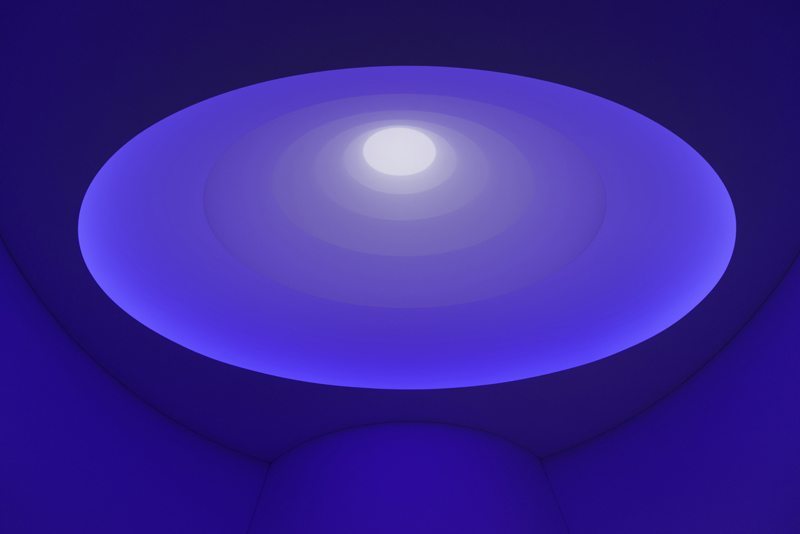A fighter pilot with a degree in psychology, Turrell's earliest installations used a slide projector to beam light onto the surface of the walls of an empty room. The effect owed much to the work of Color Field painters (Rothko in particular), and expanded the definition of art to include light-filled spaces. Over the years, Turrell's work has evolved along with advancements in light-based technology, but it remains focused on the viewer's perception of light. His installation at the Guggenheim in 2014 filled the space with colored light that shifted from hue to hue in a timed sequence, eventually covering the full spectrum. His magnum opus, begun in 1977, is a volcanic crater in central Arizona, replete with apertures and tunnels that will eventually afford us glimpses of light from other galaxies. As Turrell himself puts it, the material of light is "nonvicarious" (i.e. you can't experience it without being there). In doing away with the material art object in favor of a perceptual experience, Turrell is pushing the boundaries of the definition of art.

